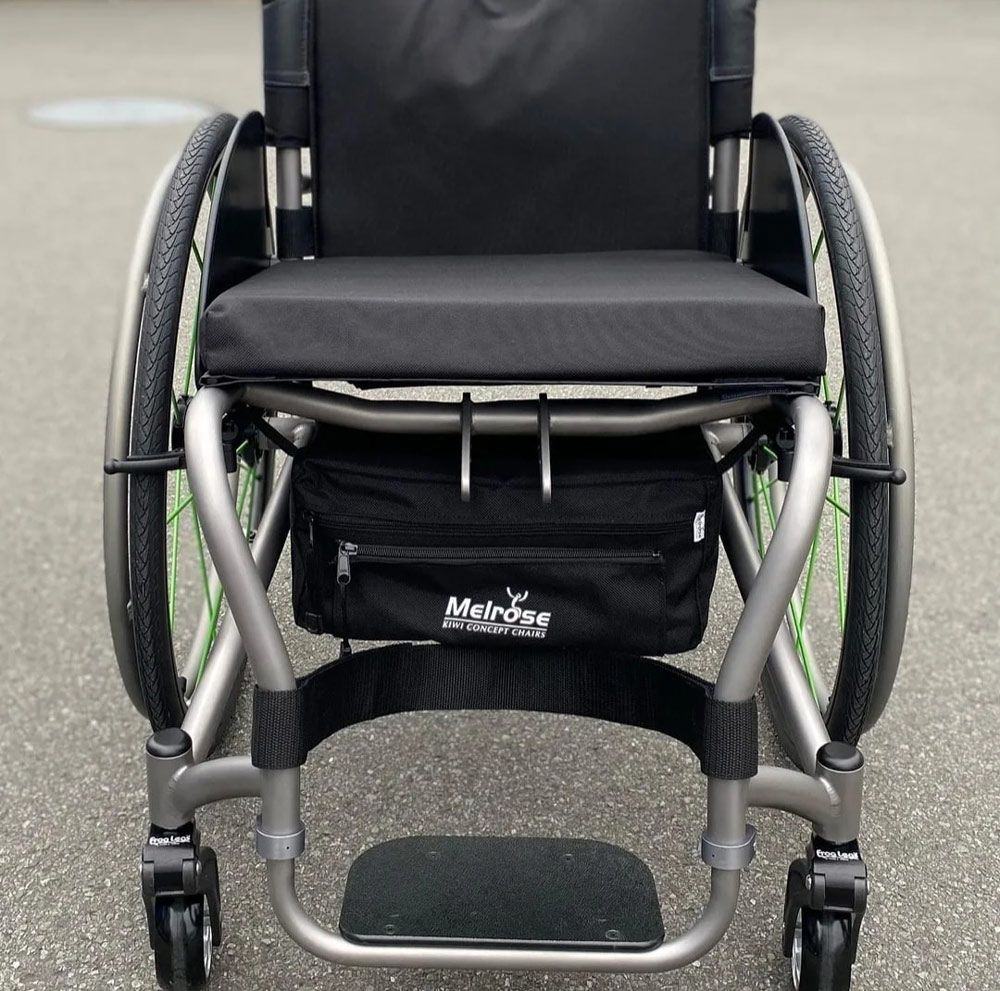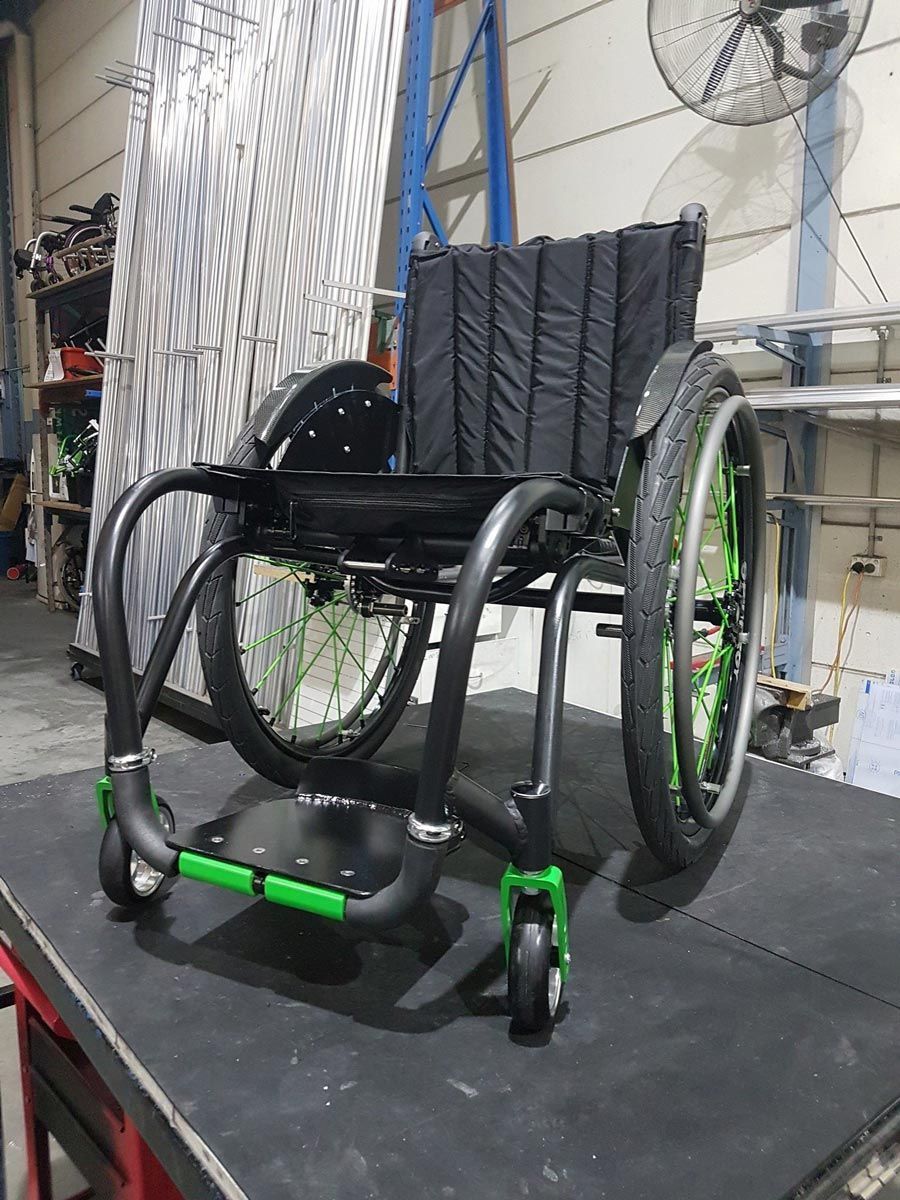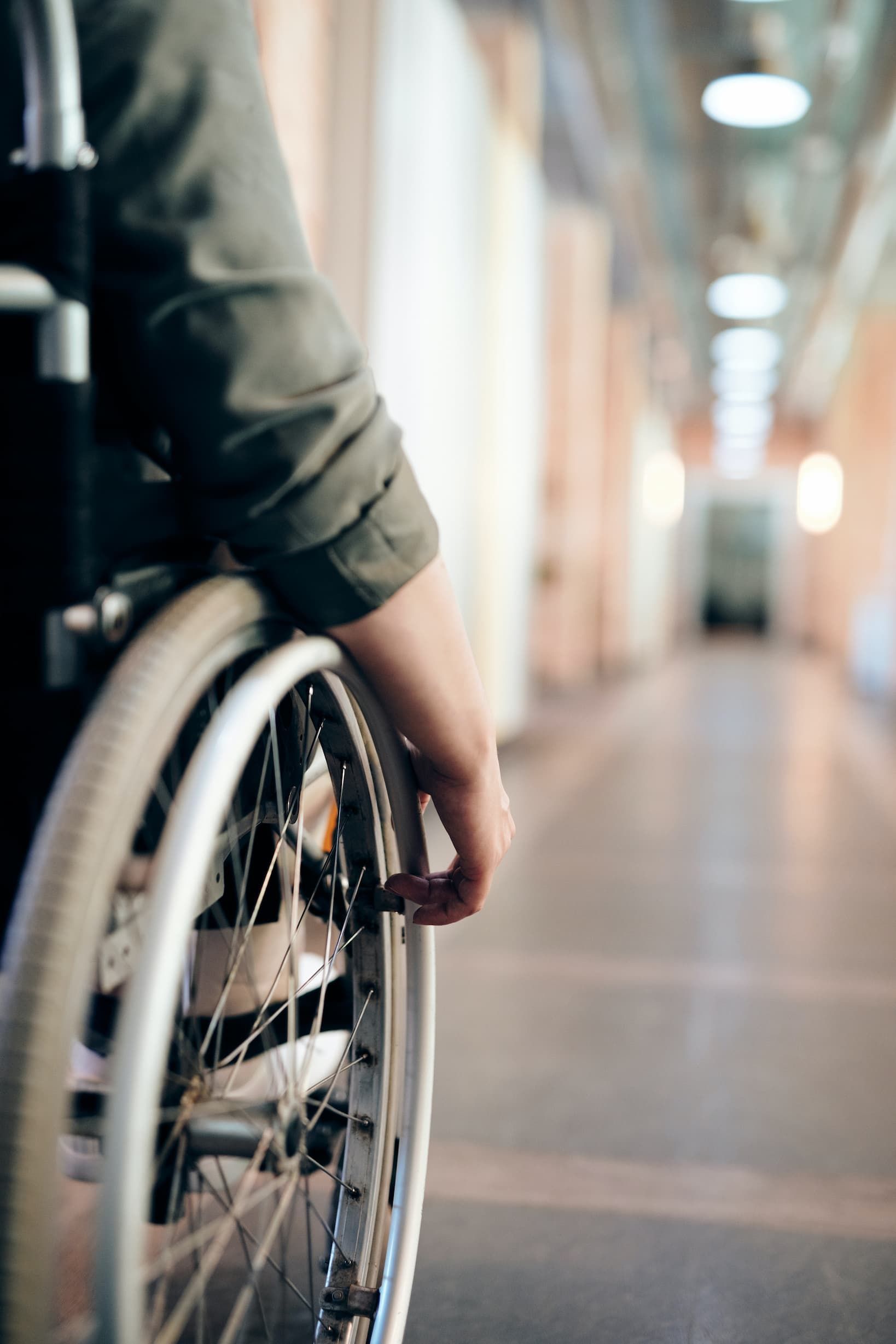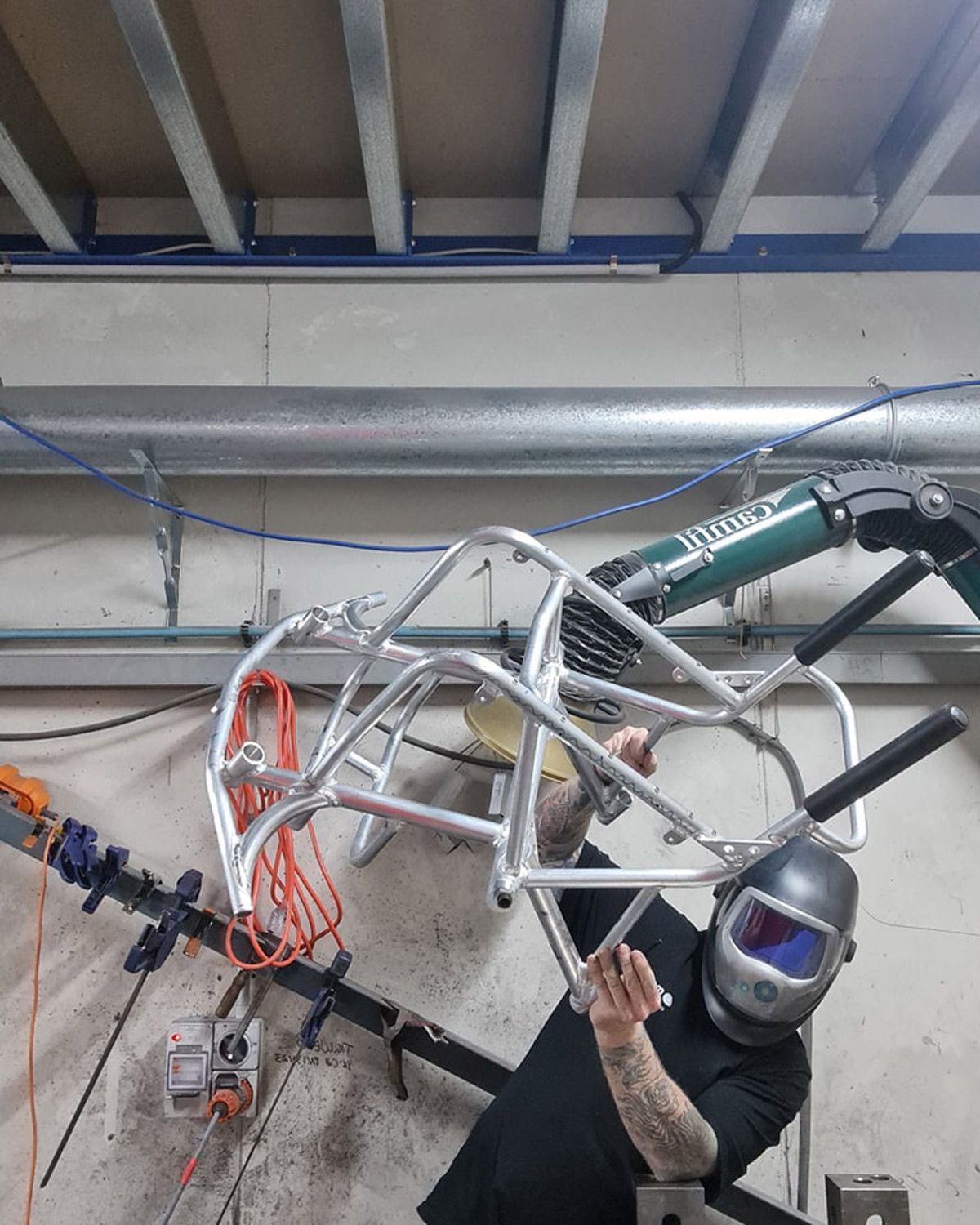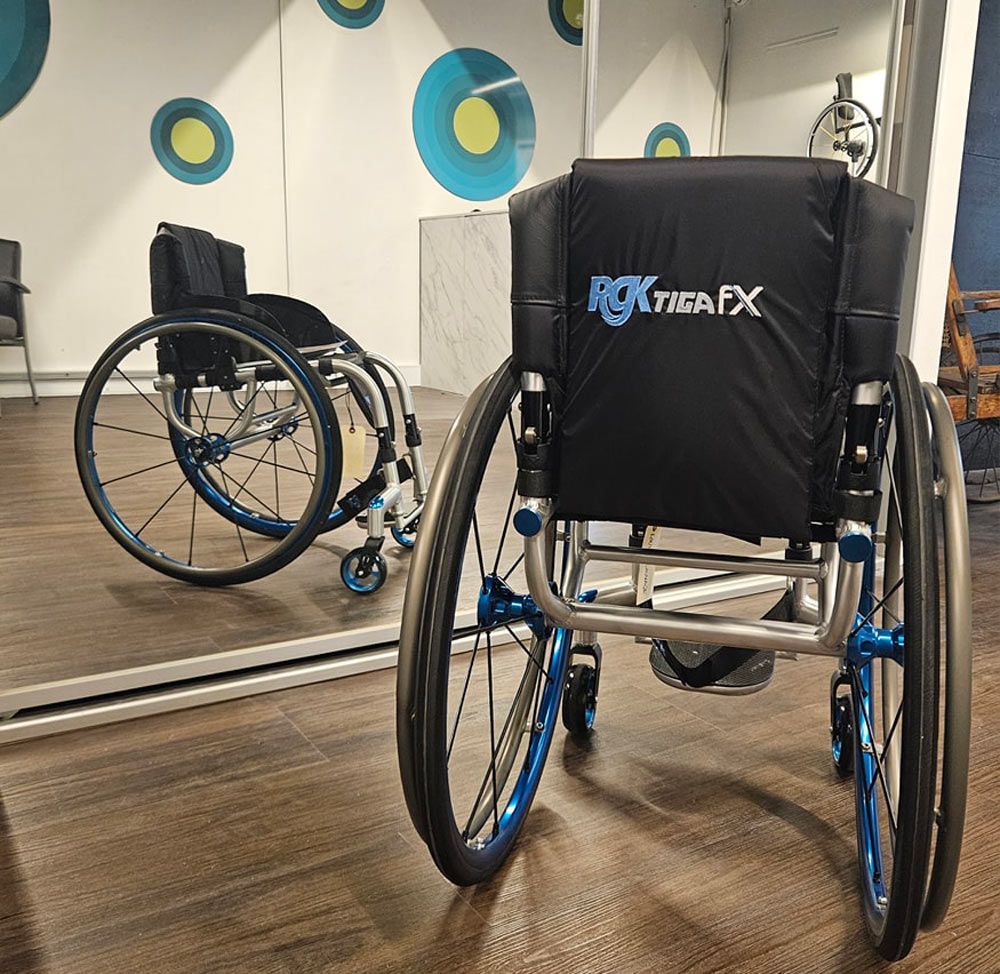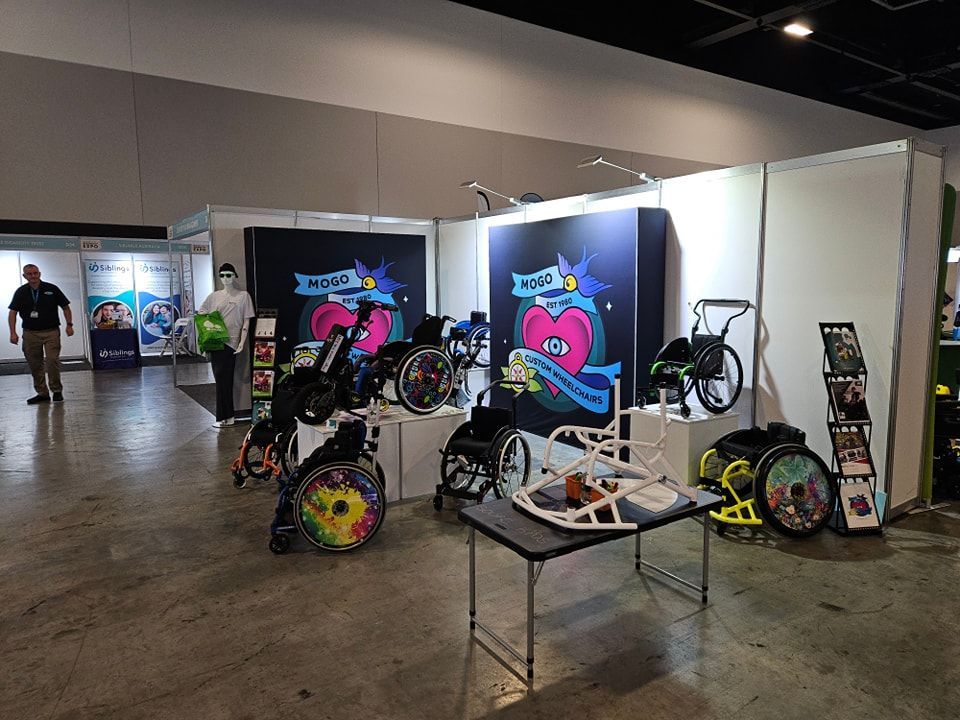What To Expect During The Wheelchair Customisation Process
Wheelchair customisation is a detailed process that aims to deliver a final product tailored to enhance mobility, independence, and overall well-being. From the initial consultation to selecting special features, each step plays a crucial role in creating a chair that meets mobility requirements. Here’s an overview of what to expect during the process.
1. Initial Consultation & Needs Assessment
The process typically begins with a detailed consultation, where users can discuss their specific mobility requirements, lifestyle, and physical needs. This step may involve assessing:
- Body measurements for a precise fit.
- Postural support needs for stability and comfort.
- Daily activities and terrain to determine necessary adjustments.
- Transport and storage preferences for ease of use.
This consultation can allow wheelchair providers to gain an understanding of the user’s needs.
2. Choosing Frame & Materials
The frame is the foundation of any wheelchair, influencing weight, durability, and maneuverability. Users can select from a range of materials based on their individual preferences.
Frame size, shape, and adjustability can also be tailored for optimal posture and movement.
3. Selecting Seating & Cushioning for Comfort
Seating plays a vital role in postural support and pressure distribution. Customisation options for seating and cushions may include:
- Foam, gel, or air cushions to enhance comfort and reduce pressure points.
- Adjustable backrests to support different spinal conditions.
- Ergonomic seat contours to maintain balance and posture.
A well-fitted seat can help with long-term comfort and may reduce strain on the body, allowing users to move freely without discomfort.
4. Customising Wheels & Propulsion Systems
Wheels are a key factor in determining mobility efficiency. Options can include:
- Rear-wheel vs. front-wheel drive for manual wheelchairs.
- Custom tread options for different surfaces and terrains.
- Spoke, mag, or carbon fibre wheels for enhanced durability.
- Hand rims and grip adjustments to suit individual propulsion styles.
For users opting for power wheelchairs, selecting the right motor, battery, and joystick system is part of the customisation process.
5. Adding Specialised Features & Accessories
Every wheelchair user has different lifestyle needs, and customisation can allow for additional features to enhance daily use. Some optional add-ons can include:
- Tilt and recline functions for pressure relief and comfort.
- Elevating footrests and leg supports for better posture.
- Custom armrests and side guards for added stability.
- Storage compartments and holders for convenience.
These personalised modifications can allow the custom-made wheelchair to accommodate specific daily activities.
Once all components have been selected, the custom wheelchair undergoes a final fitting and adjustment session.
Creating a Wheelchair For Your Lifestyle
Are you looking for a custom wheelchair in Wollongong? At Mogo Wheelchairs, we follow a collaborative approach to create wheelchairs that support independence, mobility, and comfort. Contact us today to learn more about our wheelchair customisation process and explore available options tailored to your needs.


